Five main chapadas are located in the centre-west and north-east of Brazil.
Brazil’s chapadas (highlands) are among the country’s most important natural beauties.
Waterfalls, caves, lagoons, trails and historical sites enchant tourists who want to get in touch with nature.
A chapada is a flat area on top of a mountain.
Several of Brazil’s chapadas have been turned into national parks and, of course, attract many tourists every year.
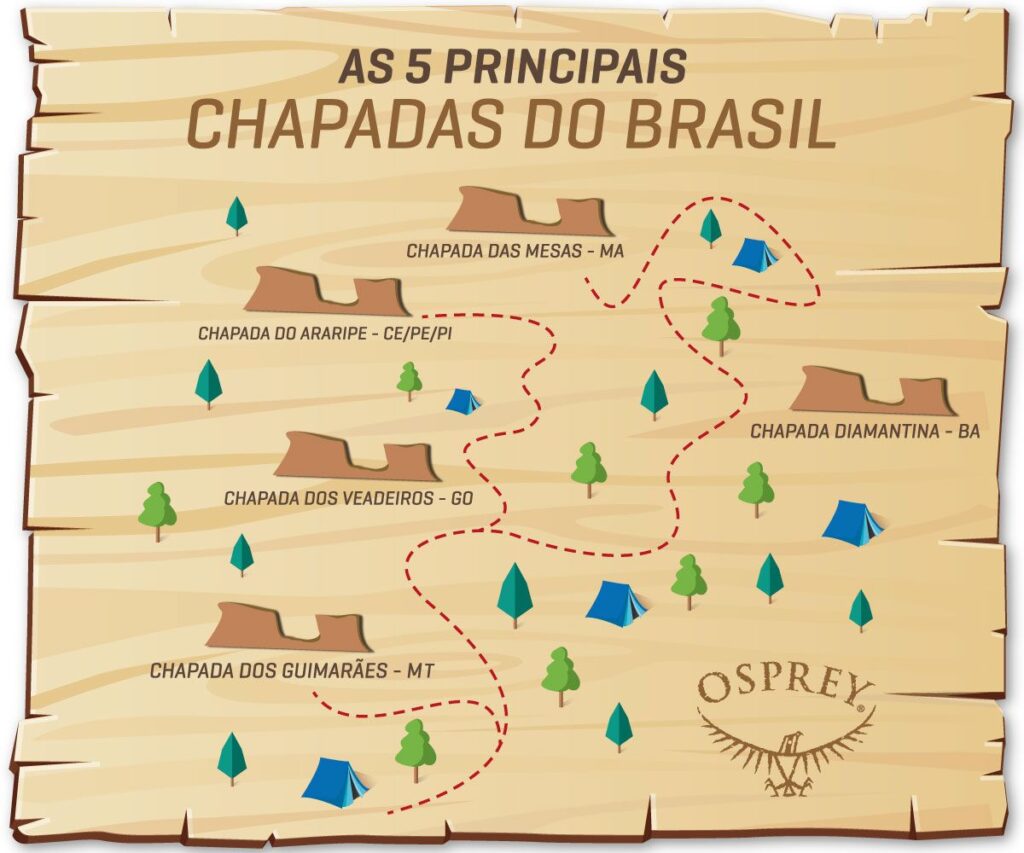
In Brazil, the chapadas are located in the Middle-West and Northeast regions, which inevitably “force” tourists from the South and Southeast, Brazil’s most populous regions, to travel there.
Brazil has an incalculable wealth when it comes to chapada regions. The options in the country are varied and include the central-western and north-eastern regions of Brazil. The routes can be enjoyed all year round.
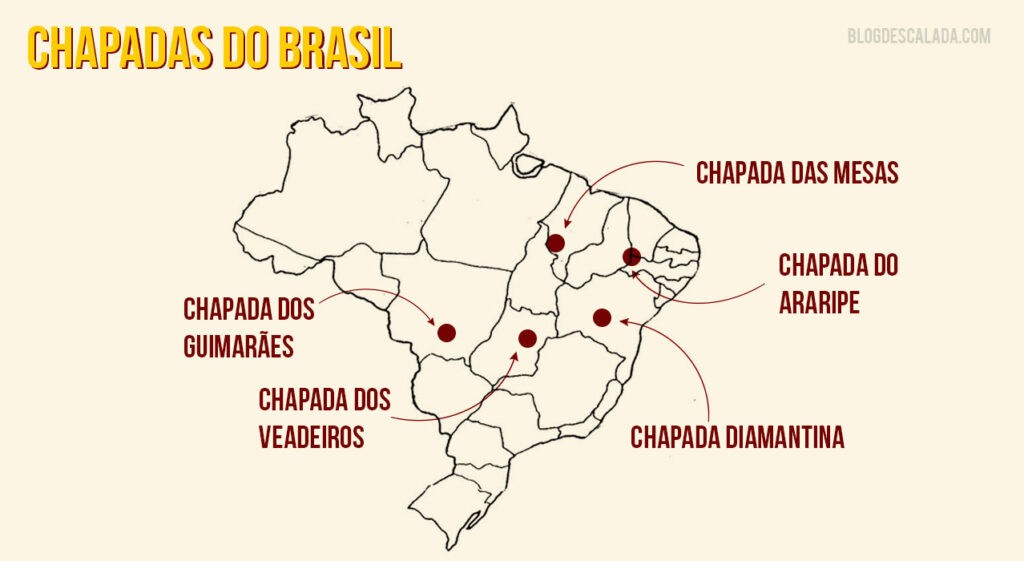
The geography of the Chapadas, formed by a flat area on top of mountains, attracts tourists in search of ecological trails, waterfalls, natural pools and cultural tourism.
Videos about the 5 main chapadas of Brazil
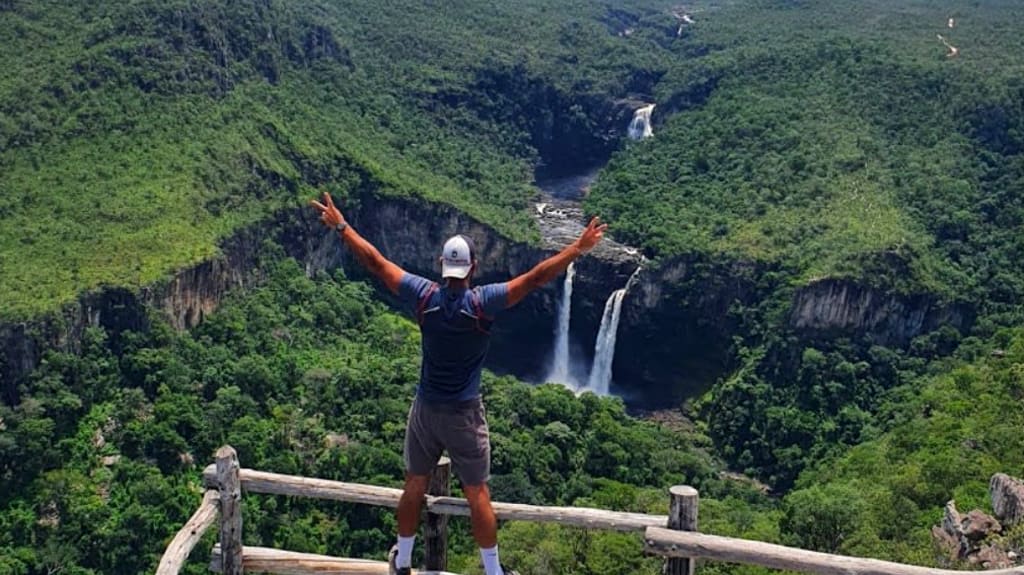

Chapada dos Veadeiros05:53

Chapada dos Guimarães21:15

Chapada Diamantina03:41

Chapada do Araripe01:48

Chapada das Mesas05:17
Discover Brazil’s five essential chapadas
1. Chapada dos Veadeiros (GO)
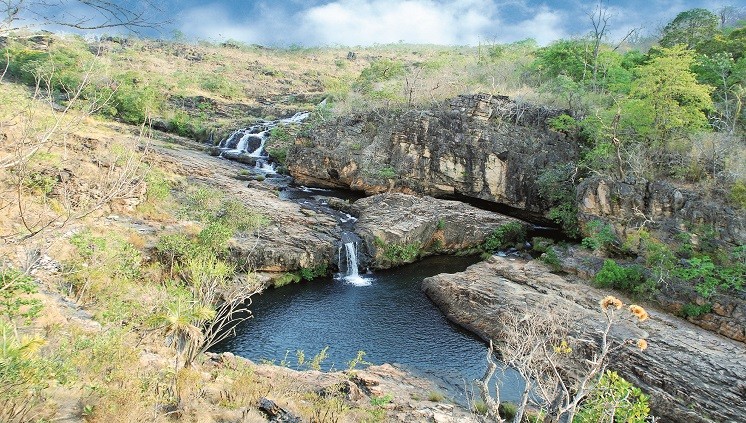
The Chapada dos Veadeiros is located in the heart of the Central Plateau, in the northernmost part of the state of Goiás, 234 km from the centre of Brasília (DF). Chapada dos Veadeiros offers waterfalls, canyons, walls and natural pools with crystal clear water.
The main gateways are Alto Paraíso and São Jorge. Alto Paraíso is considered one of the most mystical cities in Brazil. In São Jorge you’ll find the entrance to the Chapada dos Veadeiros National Park, declared a World Natural Heritage Site by the United Nations Educational, Scientific and Cultural Organisation (UNESCO).
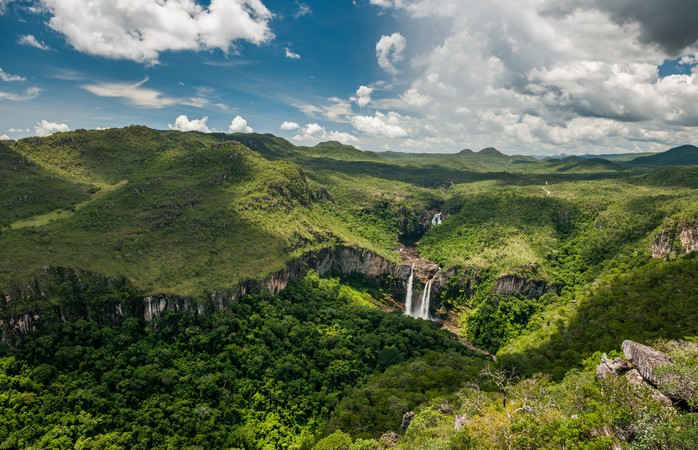
Among the must-sees is the Moon Valley. The place was named after the rock formation that resembles the surface of the moon. Also on the tourist list are the Santa Bárbara Waterfall, the Cristal Waterfall and the Cataratas dos Couros. Another attraction is Kalunga, one of the most important quilombola communities in Brazil and a Cultural Heritage Site in Goiás.
2. Chapada dos Guimarães
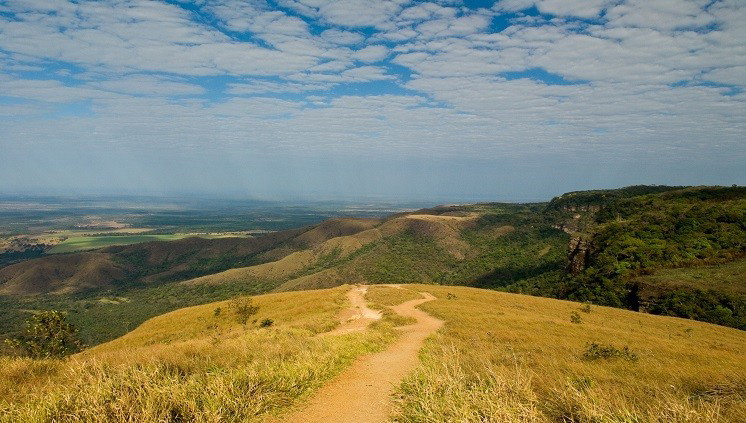
The Chapada dos Guimarães is the easiest to reach. Also in the Central-West region, this chapada, with sandstone canyons up to 350 metres high on the edge of the Central Plateau, is home to the Véu da Noiva waterfall, which plunges 86 metres amidst a profusion of walls covered in the typical green forest of the cerrado.
In Chapada dos Guimarães, 60 kilometres from Cuiabá (MT), at least 46 archaeological sites have been catalogued and dinosaur bones from the Jurassic period have been found.
Suggested itineraries include the Waterfalls Circuit, a 7 kilometre circuit that includes two natural pools. Other attractions include Casa de Pedra, Gruta da Lagoa Azul and Martinha Waterfall.
The biggest attraction in Chapada is the Véu da Noiva Waterfall, which is within the National Park, but there are other important attractions in the region. The Circuito das Cachoeiras is a six-hour hike past six waterfalls.
The Morro de São Paulo Circuito also takes six hours, but there are no waterfalls to cool off in – just the view from the top of the hill. There is also an easier circuit, the Vale do Rio Claro, which can be reached in a 4×4 and has rafts and lagoons for swimming.
Choosing where to stay is easy. Chapada dos Guimarães is also the name of the base town. You can stay in the park or in the village.
3. Chapada Diamantina in Bahia is a favourite for hikers
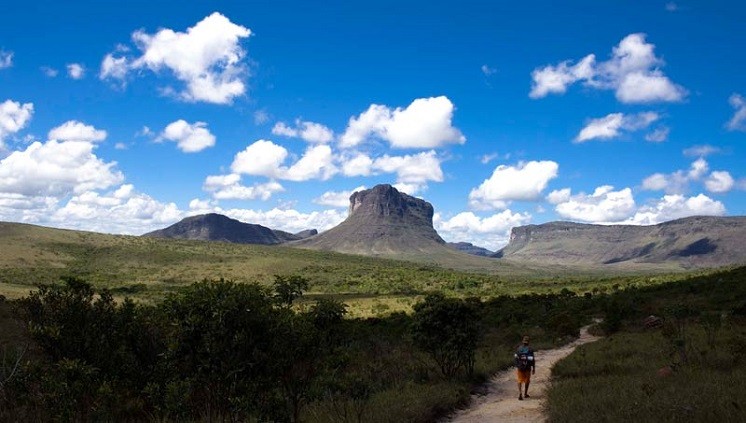
The Chapada Diamantina is made up of imposing canyons, hidden caves, waterfalls and plant species found nowhere else in the world. The Chapada is spread over 24 municipalities in central Bahia and is symbolised by the Pai Inácio Hill, at an altitude of 1,120 metres.
The Cachoeira da Fumaça, one of the highest in the country at over 340 metres, is one of the most popular attractions. The trail to the top of the waterfall is 6 kilometres long.
Another popular spot is the Poço Encantado, which has bluish water caused by the sun’s rays entering the cave.
There are many different places to stay, which can confuse people, but the main ones are Lençóis, Igatu and Vale do Capão: Lençóis, Igatu and Vale do Capão.
In a week you can see the main sights of the region, but not everything – that’s the great frustration of tourists. True lovers always come back in the end.
The Chapada Diamantina National Park is huge (1,520km²) with few signs and unmarked trails, so it’s essential to hire a guide.
Essential trails include the Morro do Pai Inácio (which is easy and everyone does it) and the Pati Valley Crossing, which is the most complex and famous of all Brazilian treks. It’s a three to five day trek along wild trails, eating and sleeping in the houses of the locals, known as patizeiros.
4.The Chapada do Araripe (CE, PE and PI) is for those who like archaeology.
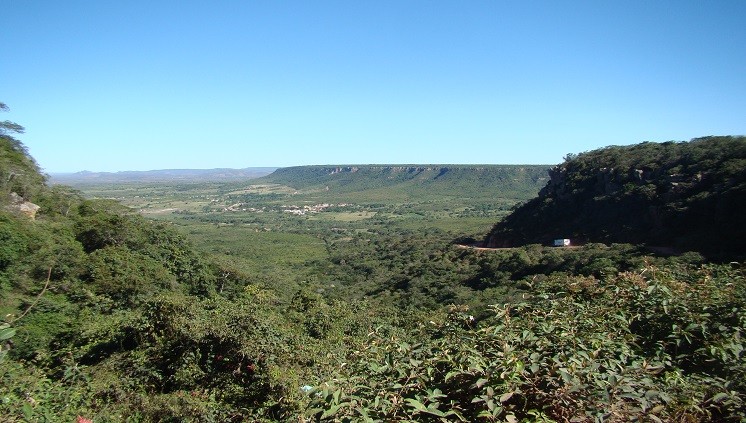
Also in the northeast is the Chapada do Araripe. Located in the south of Ceará, on the border with Pernambuco and Piauí, the region is an ecological reserve with canyons, caves, archaeological sites and a national forest that is 120 million years old.
The dinosaur and fish fossils found there can be seen at the Santana do Cariri Palaeontology Museum.
Located in Ceará, in the Cariri region, it differs from other Brazilian plateaus in that it is a semi-arid region, but is surrounded by water. That’s why it’s considered an oasis. But don’t expect huge waterfalls or crystal-clear caves.
What is special about this Brazilian plateau is that it contains a palaeontological site full of dinosaur and fish fossils. That’s why it was chosen by Unesco to become a Geopark – a place that identifies, signposts and preserves areas that are essential to the history of planet Earth.
You can also visit the Araripe National Forest with its diversity of birds, fauna and flora (as well as its archaeological sites). The main towns in the region that act as a base for those visiting the Chapada do Araripe are Crato, Barbalha and Juazeiro do Norte.
5. Chapada das Mesas (MA)
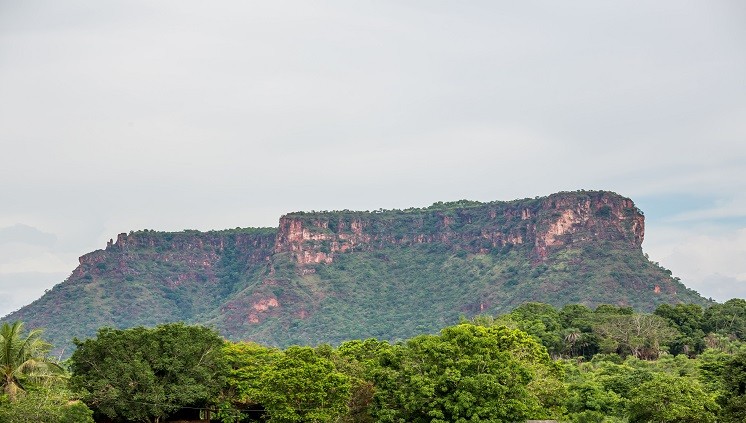
Still in the northeast, but with its feet already in northern Brazil, is the Chapada das Mesas, which has rock formations that resemble large stone tables.
The region is divided into four cities in the centre-south of Maranhão: Carolina (on the border with Tocantins), Riachão, Estreito and Imperatriz.
Among the tourist activities on offer are abseiling and ecological trails, where visitors can also discover the region’s crystal-clear natural pools.
One of the most visited waterfalls is São Romão, with its 26-metre drop.
The Chapada das Mesas is somewhat overlooked by Brazilians who think the state only has the Maranhão Leaves to offer tourism.
This is a common misconception, mainly because the Chapada das Mesas is located on the opposite side of the state from the Lençóis, in the south of the state, close to Tocantins.
And it’s because of this location that the more adventurous make the double trip between Chapada das Mesas and Jalapão, called “Jalapada” (even though the two places are 8 hours apart).
To get to Chapada das Mesas from other states, you have to fly to Imperatriz and then hire a car (or transfer) for the 226 kilometres to Carolina – the base town for those visiting the chapada.
It’s hard to get there, but easy to be enchanted. That pool of blue water you imagine when you think of a chapada? This is it. Trails leading to impressive waterfalls? There are those too.
Another stunning excursion that many people forget is the sunset cruise on the Tocantins River. Unforgettable.
Five main chapadas are located in the centre-west and north-east of Brazil – Tourist Guide
Publicações Relacionadas
Best Beaches in the Northeast: A Complete Guide
Best places to visit in the Northeast of Brazil
Discover the nudist beaches of the Northeast and Brazil
Tourist Destinations in Northeast Brazil You Must Visit
Natural Pools in Northeastern Brazil: A Guide
The main tourist destinations in northeast Brazil
Route of the Discovery of Brazil: A Real Story
Tour of the Brazilian Northeast Coast: 10 Unforgettable Days
This post is also on:
![]() Português
Português ![]() English
English ![]() Deutsch
Deutsch ![]() Español
Español ![]() Français
Français



















